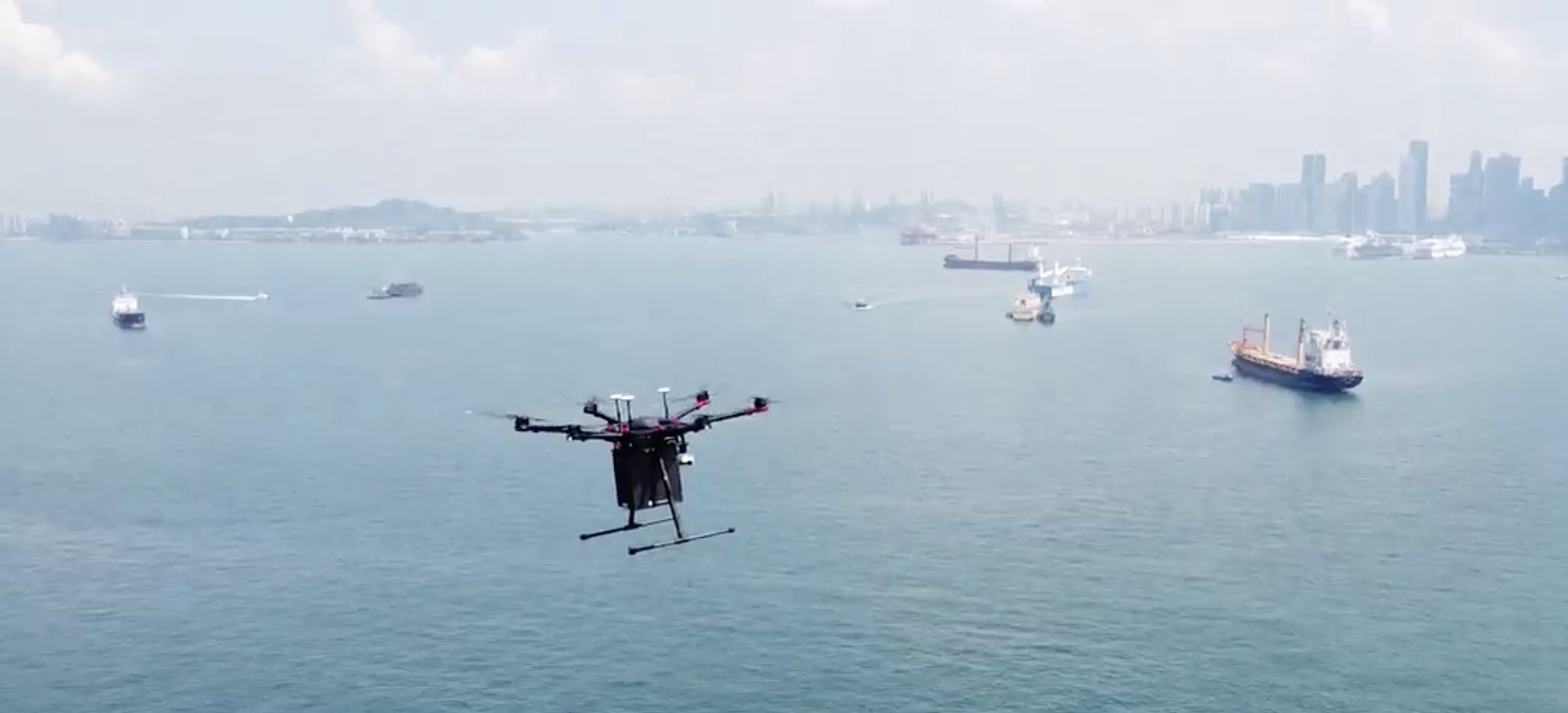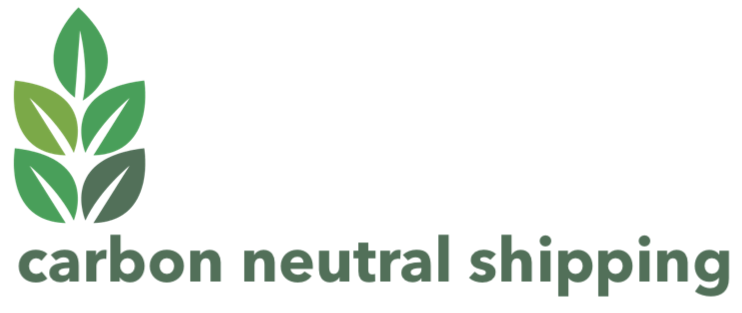
A small plane flown by the Belgian coast guard service has been equipped with atmospheric pollution sensors, developed to detect two kinds of emissions: Sulphur oxides (SOx) and nitrogen oxides (NOx).Flying above shipping lanes, the plane can assess the levels of carbon emissions coming from around 15 ships per hour. Any vessel thought to be exceeding emissions levels will be re-tested in port and, if the findings are confirmed, could be fined. An aerial surveillance operator with the Royal Belgian Institute of Natural Sciences who works with the sniffer plane team has said that an in-person inspection of a single ship’s emissions would take a whole day to complete, according to Euro News. What is the World Economic Forum doing to help companies reduce carbon emissions? Corporate leaders from the mining, metals and manufacturing industries are changing their approach to integrating climate considerations into complex supply chains. The Forum’s Mining and Metals Blockchain Initiative, created to accelerate an industry solution for supply chain visibility and environmental, social and corporate governance (ESG) requirements, has released a unique proof of concept to trace emissions across the value chain using distributed ledger technology. Developed in collaboration with industry experts, it not only tests the technological feasibility of the solution, but also explores the complexities of the supply chain dynamics and sets requirements for future data utilisation. In doing so, the proof of concept responds to demands from stakeholders to create “mine-to-market” visibility and accountability. The World Economic Forum’s Mining and Metals community is a high-level group of peers dedicated to ensuring the long-term sustainability of their industry and society. International shipping has been identified as a source of around 2.5% of global greenhouse gas (GHG) emissions, and an estimated 940 million tonnes of CO2 per year. And these shipping emissions are projected to grow rapidly unless action is taken.

